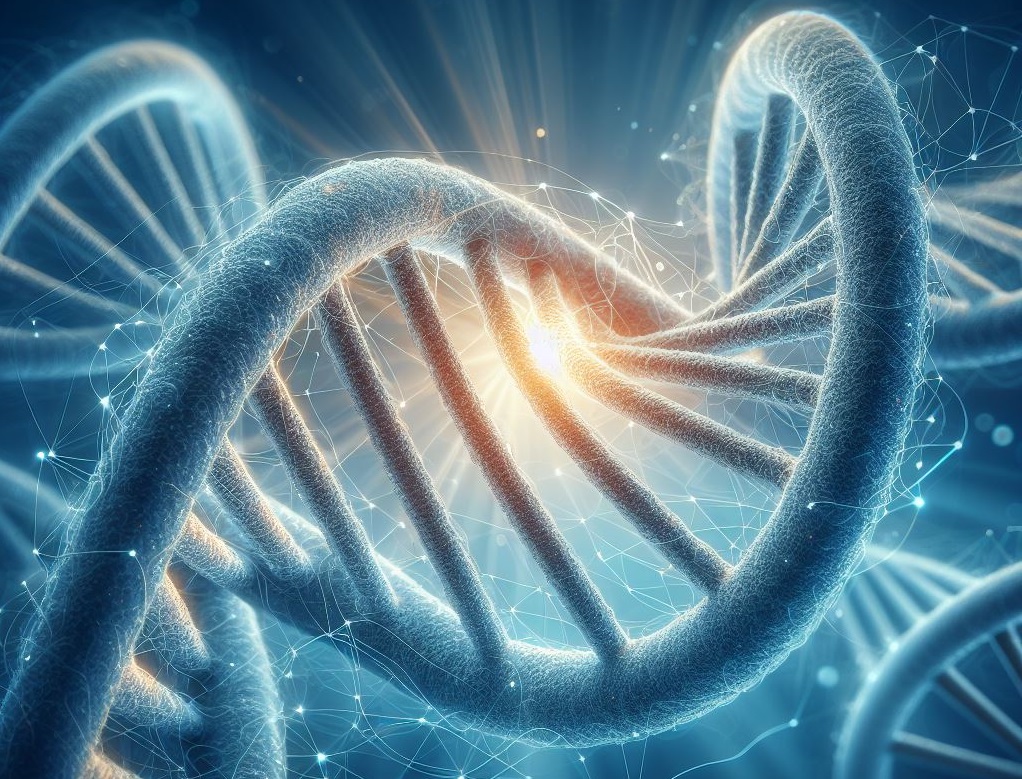A novel finding made by scientists at the Pacific Northwest Research Institute (PNRI) and other universities has the potential to greatly expand our knowledge of genetic diseases. Their most recent research, supported by the National Institutes of Health and published in the journal Cell Genomics, shows how particular DNA rearrangements known as inverted triplications aid in the emergence of several hereditary illnesses.
Genetic illnesses arise from alterations or mutations in DNA that impair regular biological processes. These may result in a variety of health concerns, including neurological disorders and developmental delays. A structure called a duplication-triplication/inversion-duplication (DUP-TRP/INV-DUP) is involved in one particular kind of complicated DNA mutation. This work explores the formation of these intricate rearrangements and their effects on human health.
This study sheds light on the intricate mechanisms driving genetic rearrangements and their profound impact on rare diseases. By unraveling these complex DNA structures, we open new avenues for understanding the genetic causes of rare diseases and developing targeted treatments to improve patient outcomes.
Cláudia Carvalho, Ph.D.
The study lead author Christopher Grochowski, Ph.D., from the James R. Lupski Lab at Baylor College of Medicine, as well as other scientists, worked with the research team, which was headed by PNRI Assistant Investigator Cláudia Carvalho, Ph.D., to analyse the DNA of 24 people who had inverted triplications.
They found that throughout the repair process, DNA segments that swap templates are what cause these rearrangements. DNA repair processes often properly repair damaged DNA by using the complementary strand that is undamaged as a template. But occasionally, when repairing, the machinery can unintentionally go to a separate but related region located elsewhere in the genome. These transitions take place between mirror-image pairs of inverted repeating DNA segments. The repair machinery may become confused by flipped repetitions, resulting in the incorrect template being used, which may impair normal gene activity and exacerbate hereditary illnesses.
- Structural Diversity: According to the study, these inverted triplications produce an unexpected range of structural variants in the genome, each of which can have a distinct effect on an individual’s health.
- Gene Dosage Impact: Gene dosage, the quantity of copies of a particular gene, can be changed by these rearrangements. For appropriate human growth and function, the right number of gene copies is essential. Diseases such as MECP2 duplication syndrome, a rare neurodevelopmental illness, can be brought on by variations in gene dosage.
- Mapping Breakpoints: The specific places where these DNA segments switch templates and result in an altered number of genes, including MECP2, were determined by the researchers using sophisticated DNA sequencing techniques.
Also, Read| Research: Wooden surfaces show antiviral properties
This harmful genetic arrangement was initially discovered by Dr. Carvalho and Baylor scientists in 2011 while they were researching MECP2 duplication syndrome. It has only recently been feasible to thoroughly examine how it arises in the genome because of the development of long-read sequencing technology.
Source: Pacific Northwest Research Institute News
Journal Reference: Christopher M. Grochowski, Jesse D. Bengtsson, Haowei Du, Mira Gandhi, Ming Yin Lun, Michele G. Mehaffey, KyungHee Park, Wolfram Höps, Eva Benito, Patrick Hasenfeld, Jan O. Korbel, Medhat Mahmoud, Luis F. Paulin, Shalini N. Jhangiani, James Paul Hwang, Sravya V. Bhamidipati, Donna M. Muzny, Jawid M. Fatih, Richard A. Gibbs, Matthew Pendleton, Eoghan Harrington, Sissel Juul, Anna Lindstrand, Fritz J. Sedlazeck, Davut Pehlivan, James R. Lupski, Claudia M.B. Carvalho. Inverted triplications formed by iterative template switches generate structural variant diversity at genomic disorder loci. Cell Genomics, 2024; 100590 DOI: https://doi.org/10.1016/j.xgen.2024.100590
Last Modified:




